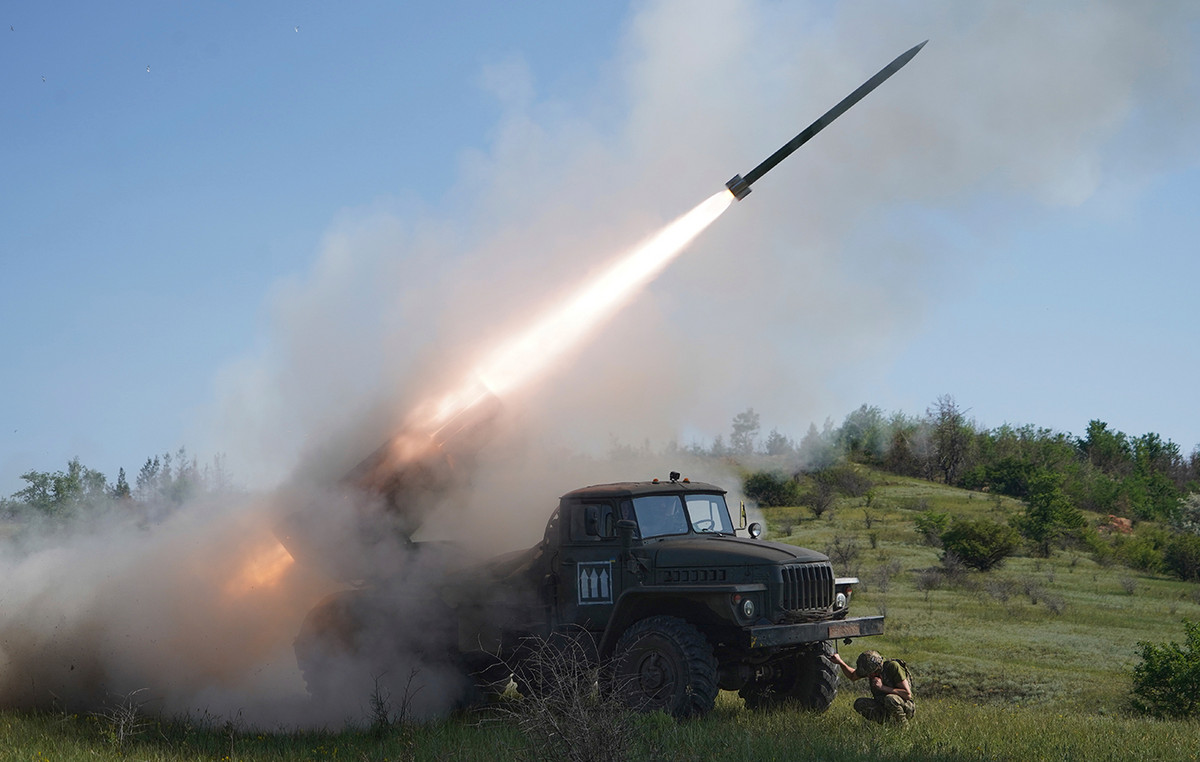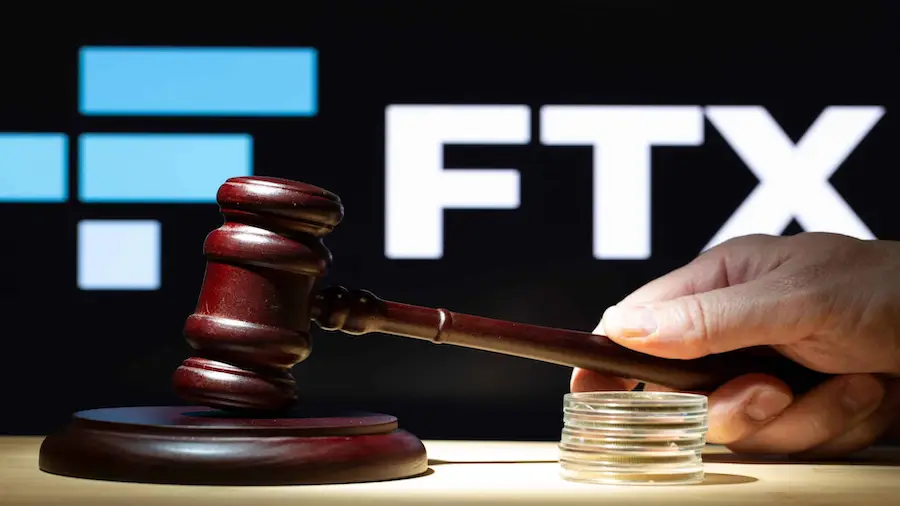President Luiz Inácio Lula da Silva is critical of Petrobras’ current pricing policy, which follows international oil prices and the dollar to define the domestic prices of its products.
Still in early 2022, Lula said that it was necessary to “Brazilize” fuel prices and, during the presidential campaign in October and after being elected, he reiterated on other occasions that he intended to review the pricing formula.
This Thursday (25), Petrobras’ Board of Directors confirmed Lula’s nomination, former PT senator Jean Paul Prates, to chair the state-owned oil company.
Prates has rarely commented on the subject since his appointment, at the end of December, but he has already stated both that the policy may be revisited by the government and that there will be no intervention in prices.
The new CEO of Petrobras, however, is one of the avid supporters of the creation of a stabilization fund, adopted by some other commodity exporting countries.
The idea of the fund, which would be fueled with revenue from royalties and gather experts both in favor and against, is to give the government a financial cushion to subsidize prices in the domestic market in periods of shock.
Measure against damage
The international parity policy for its prices – called the Import Parity Price (IPP) – was adopted by Petrobras in October 2016less than two months after the impeachment of former President Dilma Rousseff and the confirmation of Michel Temer as President, on August 31 of that year.
Through the PPI, the prices charged by the oil company for its oil products, such as fuel, began to directly monitor international prices for both the barrel of oil and the dollar.
Gasoline, diesel, kerosene, lubricants, naphtha and other derivatives produced in Petrobras refineries are some examples of what is marked by it according to international quotations.
The parity policy was adopted after years in which fuel prices were frozen, throughout Dilma’s two terms (2011-2016), even while the barrel of oil, still imported on a large scale to supply the company at the time, expensive.
In practice, the company was selling its products cheaper than what it paid for them, and this freeze, used by the government to alleviate rising inflation, was one of the main factors responsible for the skyrocketing of Petrobras’ debt and for the four consecutive years that accumulated losses between 2014 and 2018.
It was also what helped to diminish competition: both fuel importers, necessary to complement the demand of the Brazilian market, and ethanol manufacturers, left, weakened or went bankrupt in those years.
Price shocks and crisis
In 2018, the almost daily readjustments of fuel, at a time when the barrel of oil began to skyrocket in the international market, hit diesel in full and was the great trigger for the truck drivers’ strike that paralyzed and ran out of fuel in the country for almost two weeks.
With the shocks of the last few years, after the outbreak of the pandemic and, after, the war in Ukraine, oil again broke records, and raised, in Brazil, fuels and gas cylinders to the highest prices in history, at a time in which incomes worsened and poverty increased.
Not only truck drivers and consumers were again irritated, but also former president Jair Bolsonaro.
Waiting for a re-election, Bolsonaro also became critical of Petrobras’ policy and even changed the president of the state-owned company four times in his term – three of them in an interval of just two months, last year.
Source: CNN Brasil
I am an experienced journalist, writer, and editor with a passion for finance and business news. I have been working in the journalism field for over 6 years, covering a variety of topics from finance to technology. As an author at World Stock Market, I specialize in finance business-related topics.







